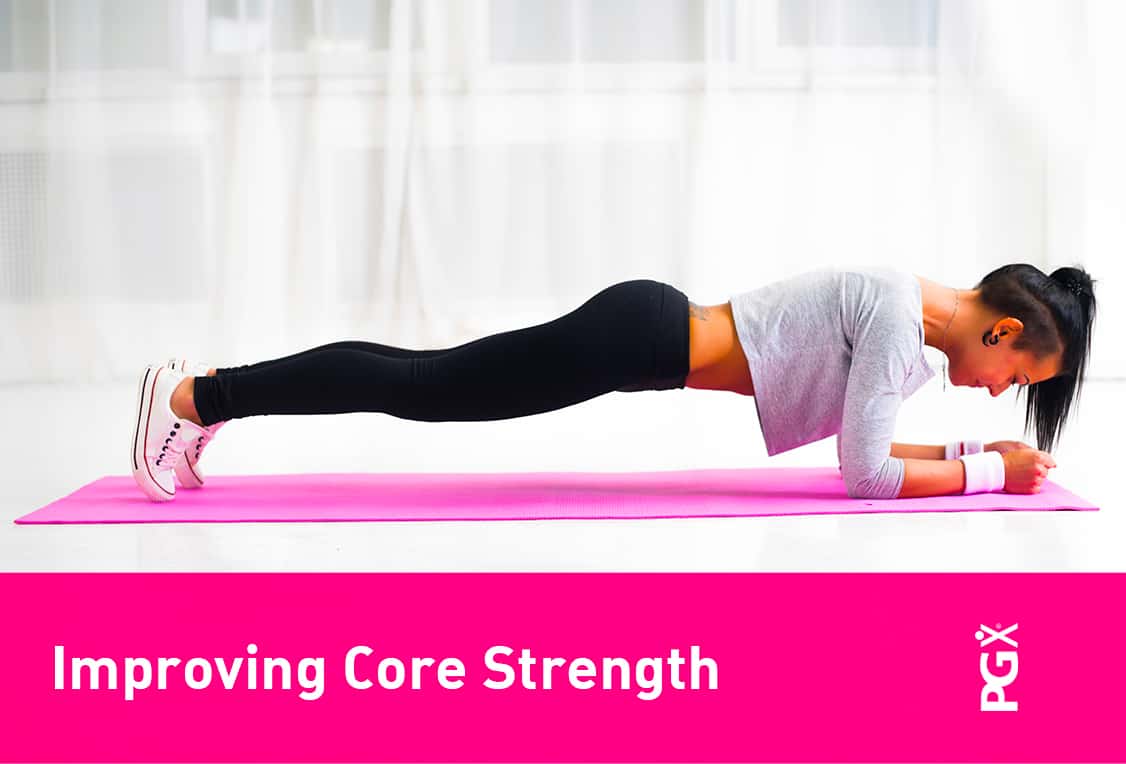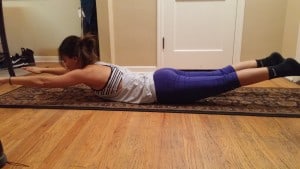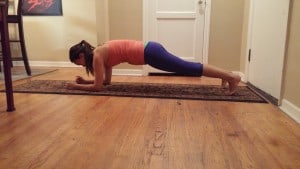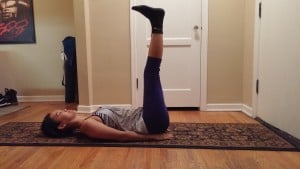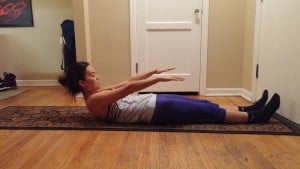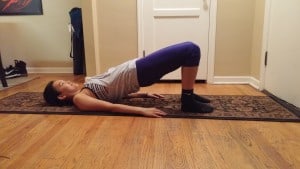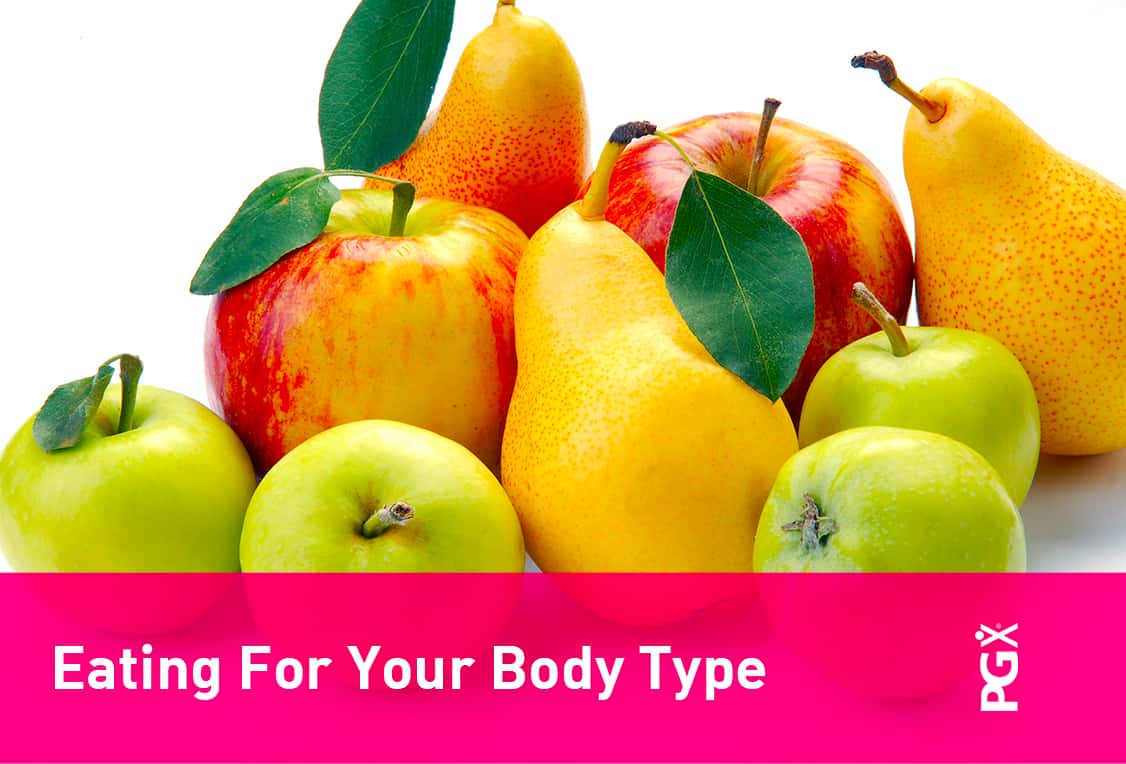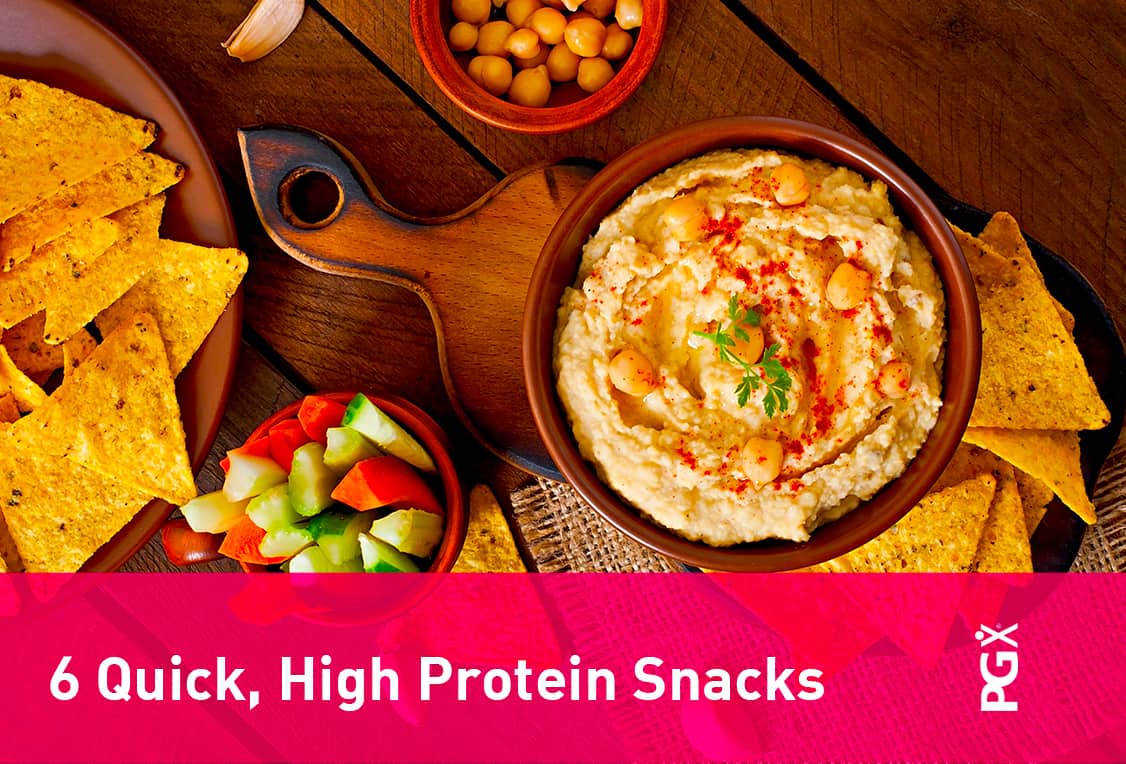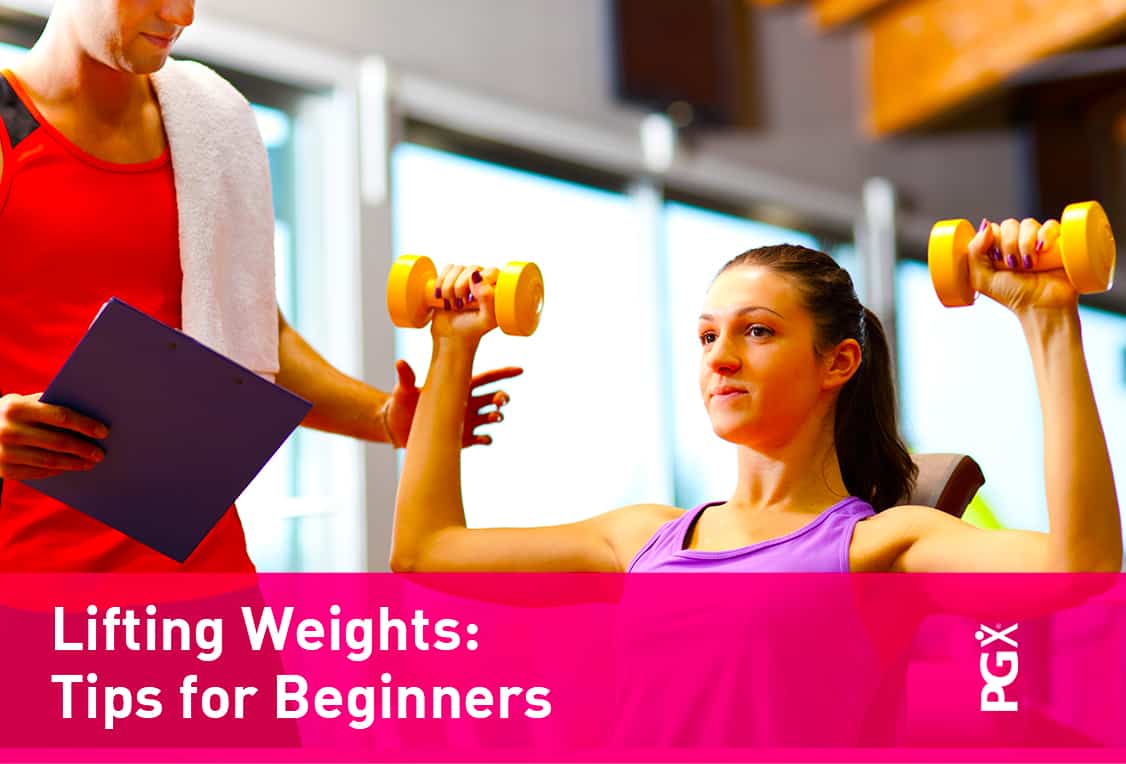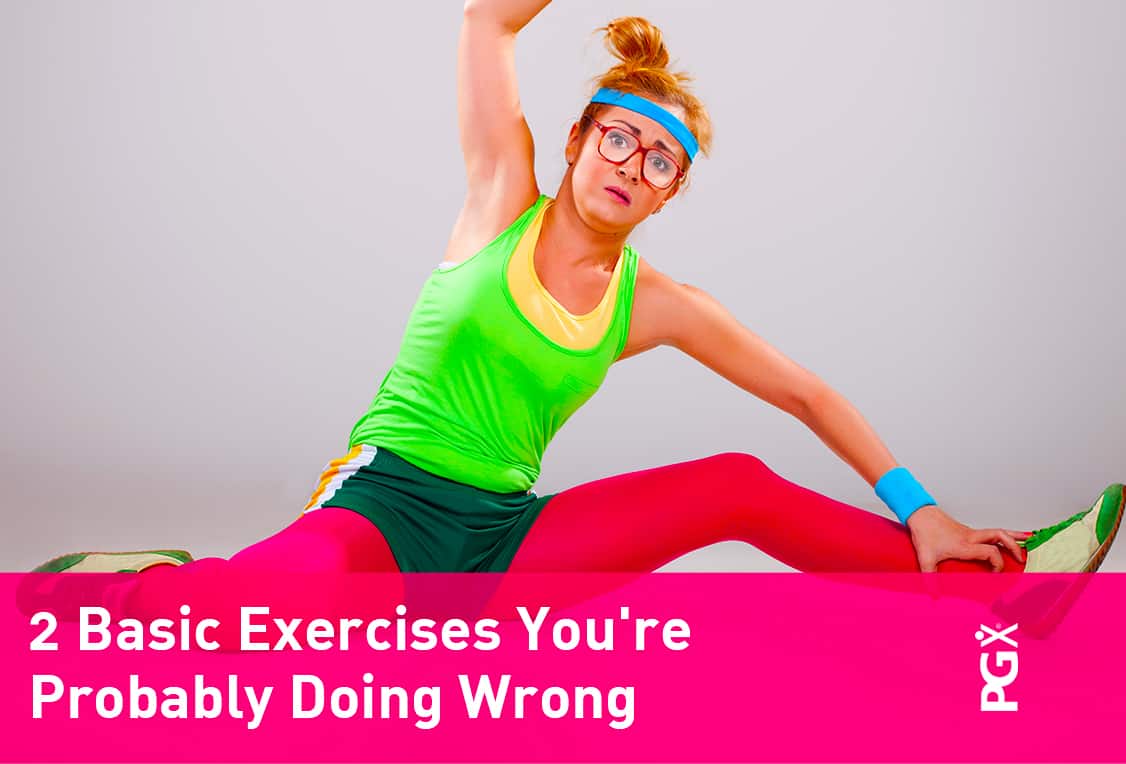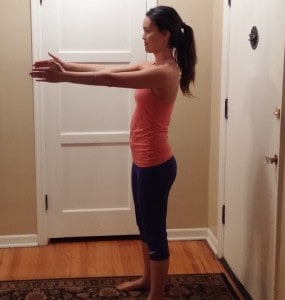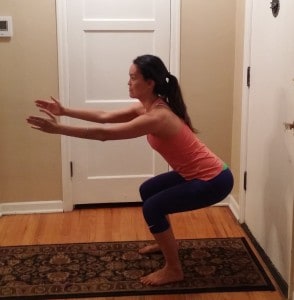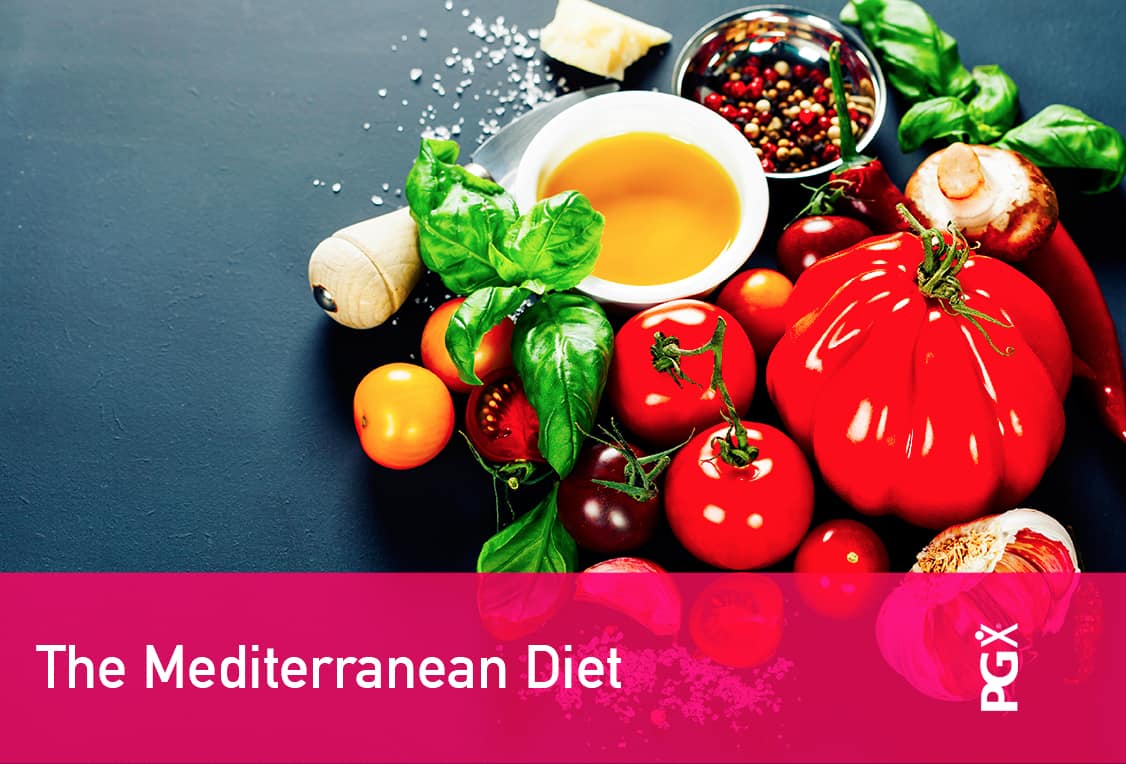Improving Core Strength
When talking about core strength, many people’s first thought goes to their abdominal muscles. There’s a lot of mainstream pressure to have a chiseled 6 pack, and many people think that crunches and sit ups are the best way to achieve that. In actuality, the core is incredibly versatile, and working to strengthen it involves a series of exercises targeting different muscles.
The Core Muscle Group
To really understand the core, let’s go over the core muscle group:
- Transverse and rectus abdominus: your general stomach muscles.
- Obliques: the muscles positioned on your sides.
- Lower back, erector spinae, multifidus, and latissimus dorsi: the muscles in your back.
- Hip flexors, abductors, adductors: the muscles in your hips and the muscles that run down the inside and outside of your thighs.
- Glutes and hamstrings [1]: the butt muscles and the muscles that run down the back of your thighs.
As you can see, many muscles work together to form our core.
Why Core Strength is Important
Balance and Stability. When you strengthen your core, it helps stabilize the muscles in your pelvis, abdomen, hips, and lower back and they begin to work in harmony with one another [2].
Helps prevent injuries. A strong and stable core means your muscles are working together, and muscles that work harmoniously are less prone to injury.
Exercises to Strengthen Your Core
Remember to think of all of the muscles utilized to create your core; upper legs, lower back, glutes, hamstrings, hips, and abdominal muscles. The best types of core strengthening help not only to strengthen but to stabilize your core as well.
Here is a basic core workout that hits a lot of the general core muscles:
1. Supermans
Start on your stomach, arms straight out in front of you and legs straight behind you. In one movement, lift both arms and legs straight up towards the ceiling. Hold for 2-5 seconds then lower back down.
2. Plank
Refer to my previous blog article on how to do a plank with good form.
3. Lying Leg Raise
Start this by putting your hands, palm down, under both glutes. The objective is to position your hands so your lower back is firmly resting on the floor. Keep your legs as straight as possible and slowly raise them perpendicular to the floor. Hold at the top for 1 second then slowly lower back down. If you feel any type of lower back pain with this exercise, stop immediately.
4. Straight Leg Sit Ups
Start lying down, legs straight and arms at your side. Keep your stomach sucked in (while still breathing). Slowly, begin to curl and sit up. First curl your neck up, then slowly start to sit up. The goal is to not let your legs come off of the ground.
5. Glute Bridges
Start on your back, with your legs bent (like a sit up position). Your arms can be at your sides. Push up with your feet, keeping the weight on your heels only. Squeeze your glute muscles, hold for 1-2 seconds, then slowly lower your glutes and push up again with your heels to start your second rep.
Continue to find new ways of strengthening and stabilizing your core muscles, and change up your workouts every 4-6 weeks.
References:
[1] Jensen, Elle. “What Are the Core Muscles of the Body?” LIVESTRONG.COM. LIVESTRONG.COM, 26 Nov. 2013. Web. 23 Oct. 2015. [2] “Fitness.” Core Exercises: Why You Should Strengthen Your Core Muscles. Mayo Clinic, 18 July 2014. Web. 23 Oct. 2015.

